Design Tips to Make Your Blog Stand Out
Creating a visually appealing blog is essential to attract and retain readers. Good design enhances user experience, reflects your brand, and makes your content more engaging. Here are some design tips to make your blog stand out.
1. Choose a Clean and Responsive Theme
Selecting the right theme sets the foundation for your blog’s design and user experience.
Key Considerations:
- Clean Layout: A clutter-free design makes your content easy to read and navigate.
- Responsive Design: Ensure your theme is mobile-friendly and looks good on all devices.
- Customization Options: Choose a theme that allows you to customize colors, fonts, and layouts to match your brand.
It’s crucial to know how to optimize your blog for mobile to reach a wider audience. Ensuring your theme is mobile-friendly, with responsive layouts and touch-friendly navigation, can enhance user experience on smartphones and tablets.
2. Optimize for Readability
Enhancing readability keeps readers engaged and makes your content more accessible.
Key Techniques:
- Font Selection: Use easy-to-read fonts. Sans-serif fonts are generally preferred for online reading.
- Font Size: Ensure the text is large enough to be read comfortably on all devices.
- Line Spacing: Use adequate line spacing to avoid text congestion.
- Contrast: Ensure sufficient contrast between text and background to enhance readability.
3. Use High-Quality Images and Graphics
Visual elements can significantly enhance the appeal of your blog.
Key Techniques:
- Stock Photos and Custom Graphics: Use high-resolution images and custom graphics to support your content.
- Image Optimization: Compress images to reduce loading times without sacrificing quality.
- Consistency: Maintain a consistent style for images and graphics to create a cohesive look.
4. Implement a Consistent Color Scheme
A consistent color scheme enhances brand recognition and visual appeal.
Key Techniques:
- Brand Colors: Use colors that reflect your brand’s identity.
- Complementary Colors: Choose a color palette with complementary colors to create harmony.
- Accent Colors: Use accent colors to highlight important elements like buttons and links.
5. Enhance Navigation and User Experience
Good navigation ensures readers can easily find the content they’re looking for.
Key Techniques:
- Clear Menu Structure: Use a simple, intuitive menu structure with clear labels.
- Breadcrumbs: Implement breadcrumbs to help users navigate back to previous pages.
- Search Function: Include a search bar to allow users to find specific content quickly.
- Internal Linking: Use internal links to guide readers to related content within your blog.
6. Utilize White Space Effectively
White space, or negative space, enhances readability and creates a clean, uncluttered look.
Key Techniques:
- Margins and Padding: Use margins and padding to create space around text and images.
- Section Breaks: Break up long blocks of text with white space to improve readability.
- Minimalist Design: Embrace a minimalist design approach to avoid overwhelming your readers.
7. Add Interactive Elements
Interactive elements can increase engagement and make your blog more dynamic.
Key Techniques:
- Comment Sections: Encourage reader interaction with comment sections.
- Social Sharing Buttons: Include social sharing buttons to make it easy for readers to share your content.
- Polls and Surveys: Use polls and surveys to engage your audience and gather feedback.
8. Optimize for Speed
Fast loading times are crucial for retaining readers and improving search engine rankings.
Key Techniques:
- Caching: Implement caching to reduce server load and speed up page loading.
- Content Delivery Network (CDN): Use a CDN to deliver content more quickly to users across the globe.
- Image Compression: Compress images to reduce file sizes and improve loading times.
- Minimize Plugins: While it’s important to minimize plugins to avoid slowing down your site, carefully chosen plugins for WordPress can enhance your blog’s functionality. Select only those plugins that are essential and well-coded to improve performance without compromising speed.
Conclusion
Good design is a critical component of a successful blog. By choosing the right theme, optimizing readability, using high-quality visuals, and enhancing navigation, you can create an engaging and visually appealing blog. Implement these design tips to make your blog stand out and provide a great user experience.
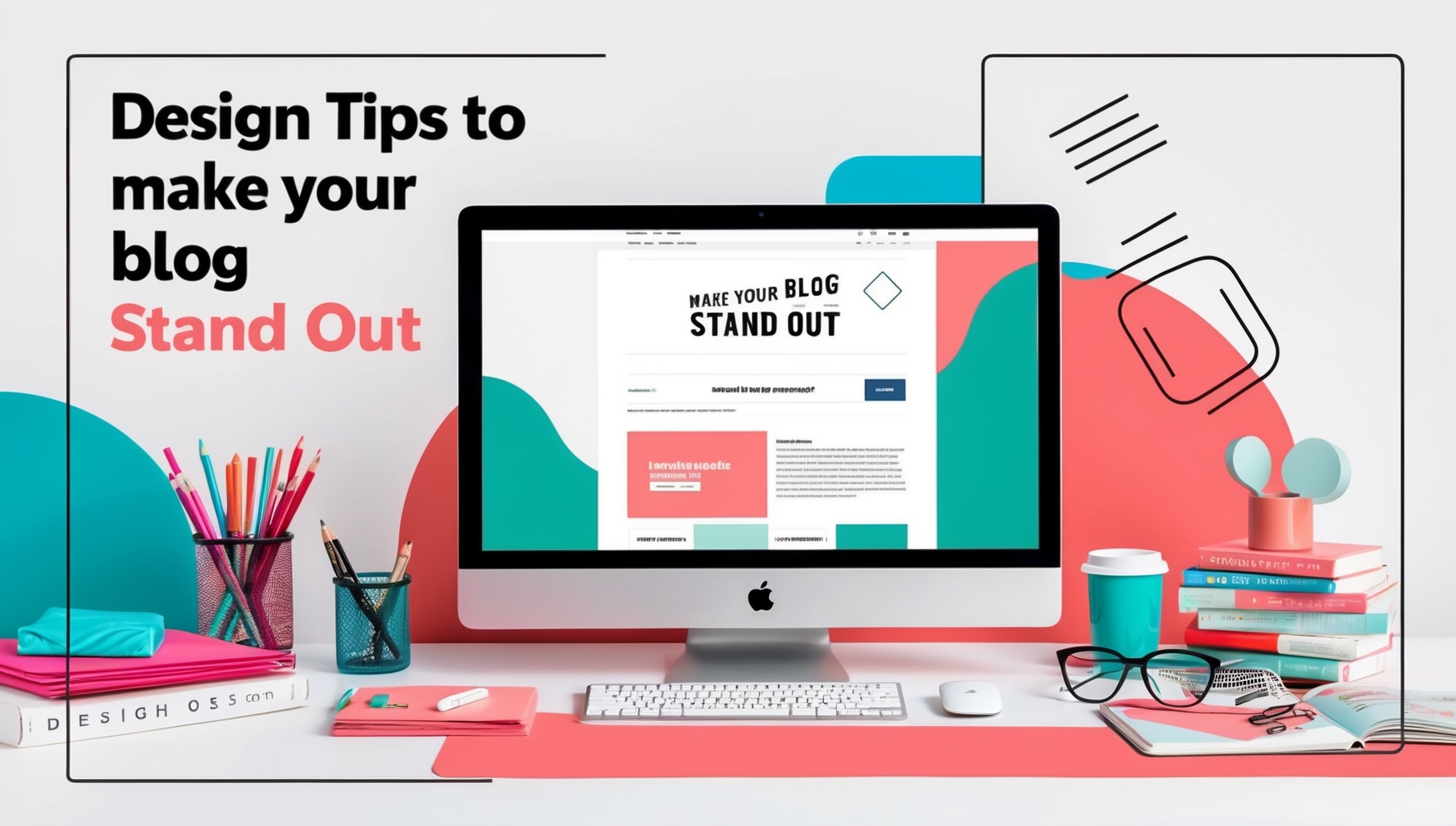
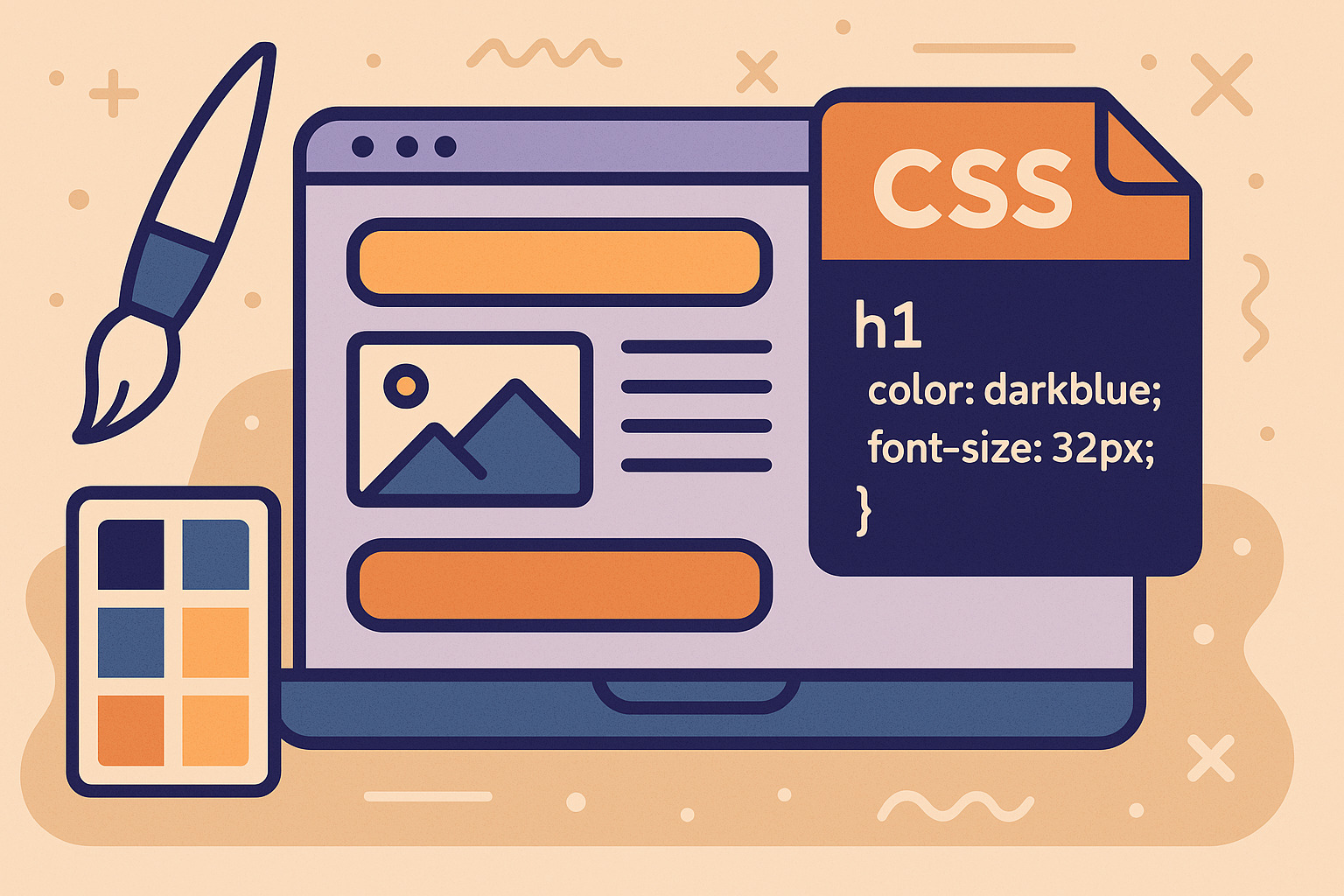
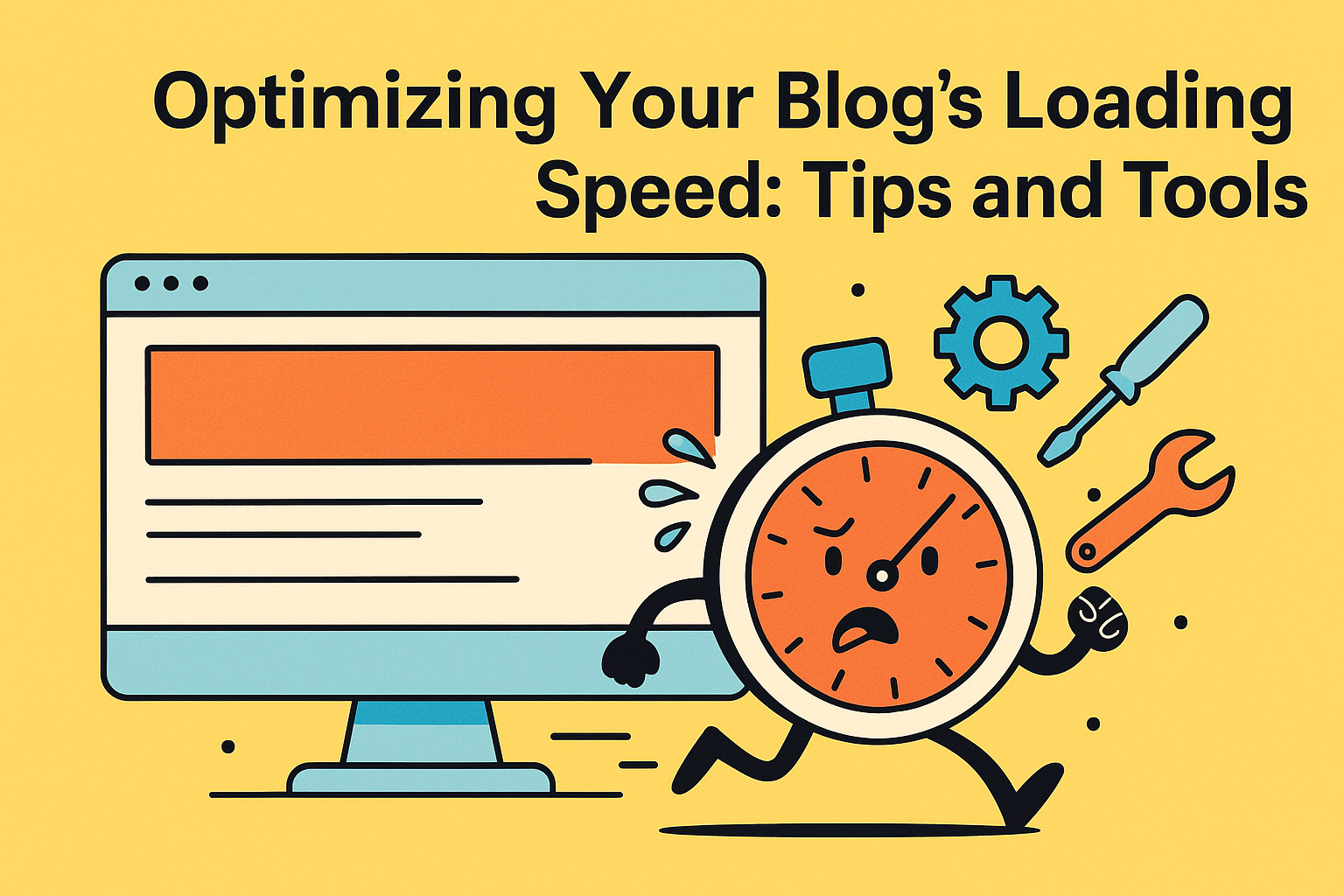
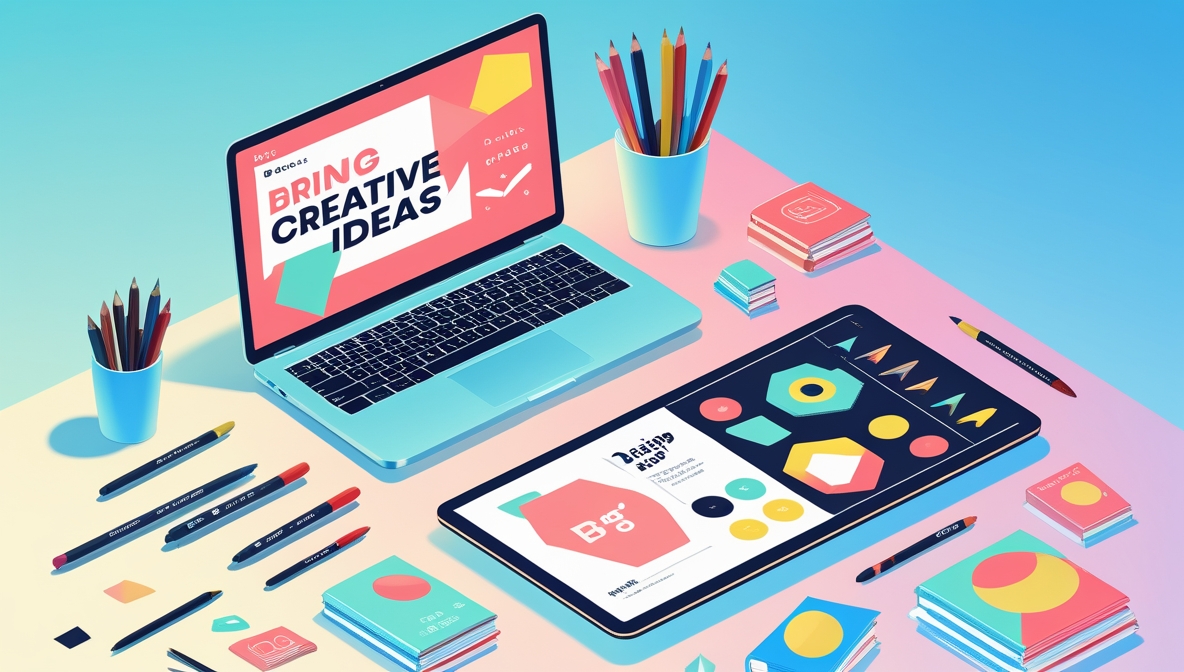


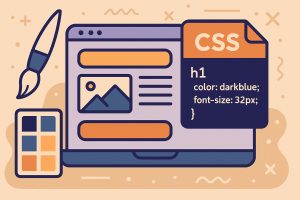
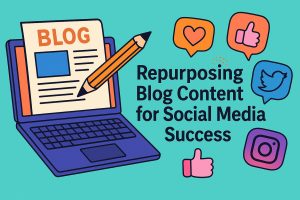


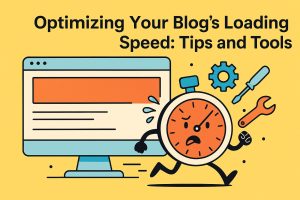



Post Comment